According to the Chinesee electronics producer, these ultra-energy-efficient antennas aim to reduce carbon emissions to benefit the environment and society.
Huawei Eco series antennas also help operators build green, high-performance 5G networks without needing more energy, even in increasing network traffic.
Operators require high energy efficiency and it is very important for operator revenue and sustainable development of the communication industry. Antennas are the backbone of wireless networks and a medium of RF energy transmission to mobile devices.
The better energy efficiency of the antenna leads to efficiency across the whole network. Huawei Eco series antennas boost energy efficiency with innovations such as full-band signal direct injection feeding (SDIF) and Meta Lens.
According to a test conducted on the Europe network, Huawei antennas help operators reduce site energy consumption by 15%, improving network-wide energy efficiency.
The two benefits of the Eco series are:
RF efficiency: Eco series antennas use Huawei’s exclusive SDIF technology in all bands to slash RF energy loss in the feeding network for 15% higher efficiency. The required transmit power is also reduced without compromising coverage. In other words, the network coverage quality is improved with the same transmit power.
Ultimate coverage efficiency: Eco series antennas use Meta Lens technology to optimize the electromagnetic beam direction and project more RF energy to the target area. Less electromagnetic noise and interference to neighboring cells further improve network coverage quality.
“For operators, building green networks to save energy and reduce carbon emissions is a global priority. As antennas play a dominant role in wireless networks, operators demand even higher antenna energy efficiency. Huawei will continue to innovate in this area, helping operators build high-performance, green 5G networks and promoting the industry’s sustainable development”, said Eric Zhao, President of Huawei Antenna BU.
 Oana Coșman
Oana Coșman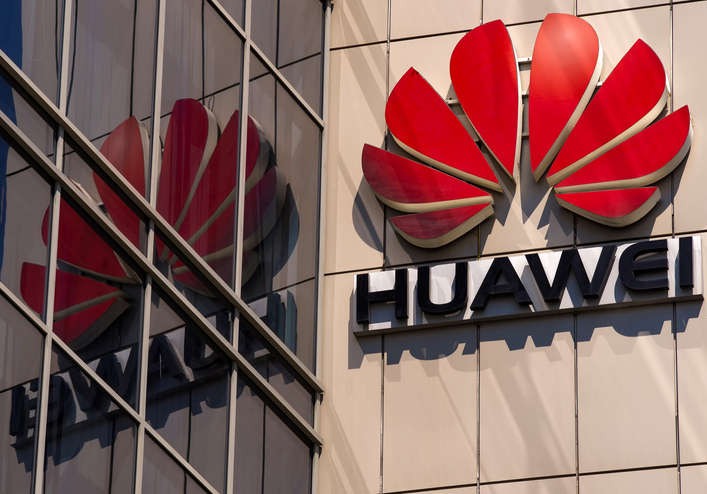

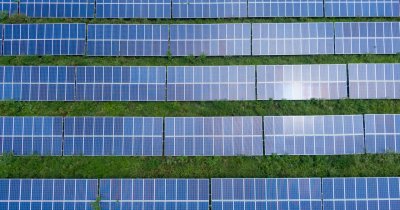

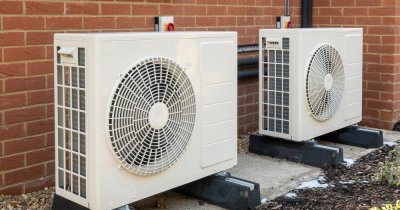
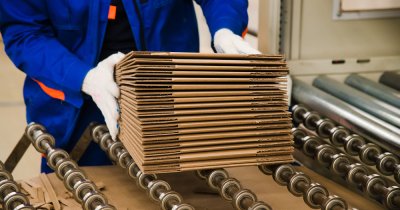
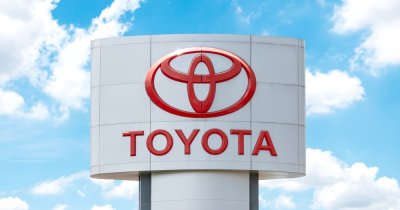


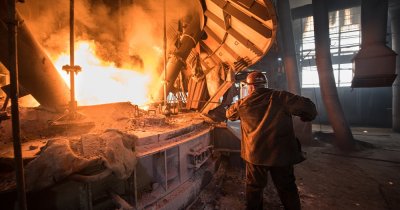



Any thoughts?